Eyes in the Sky
Unique views of deep space from the Lick Observatory
Published Date
Article Content
The Lick Observatory is situated on the summit of Mt. Hamilton, near San Jose, Calif. It provides University of California astronomers with access to world-leading optical-infrared observing equipment. The observatory began operations in 1888 and was founded with a $700,000 bequest from real-estate entrepreneur James Lick.
Today, Lick serves astronomers from all nine UC astronomy campuses, including UC San Diego. Users range from undergraduates to the most senior and eminent astronomers in the University of California. At any given time, over 100 observers are pursuing science programs at the observatory.
UC San Diego faculty visit the observatory regularly to conduct experiments, collect data and provide students with hands-on learning experiences. Recently, Professor of Astronomy and Astrophysics Adam Burgasser traveled to Lick with graduate student Emma Softich and undergraduate students Marylin Loritsch and Madison Fierro.
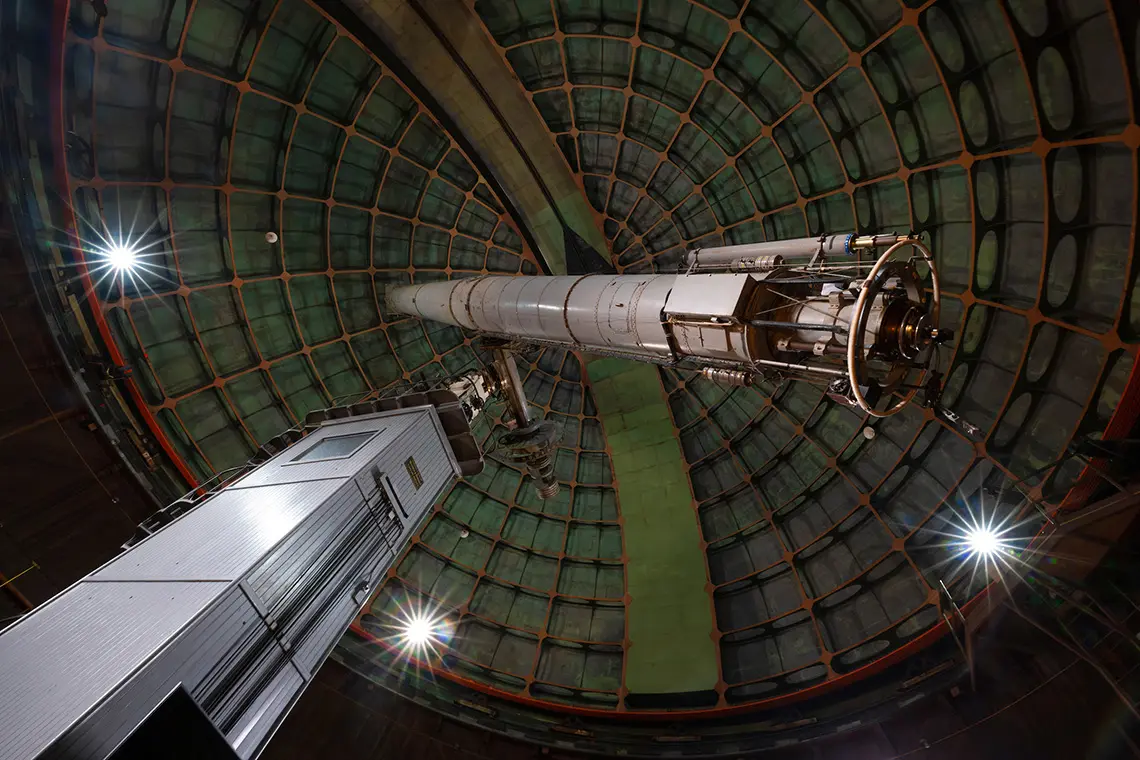
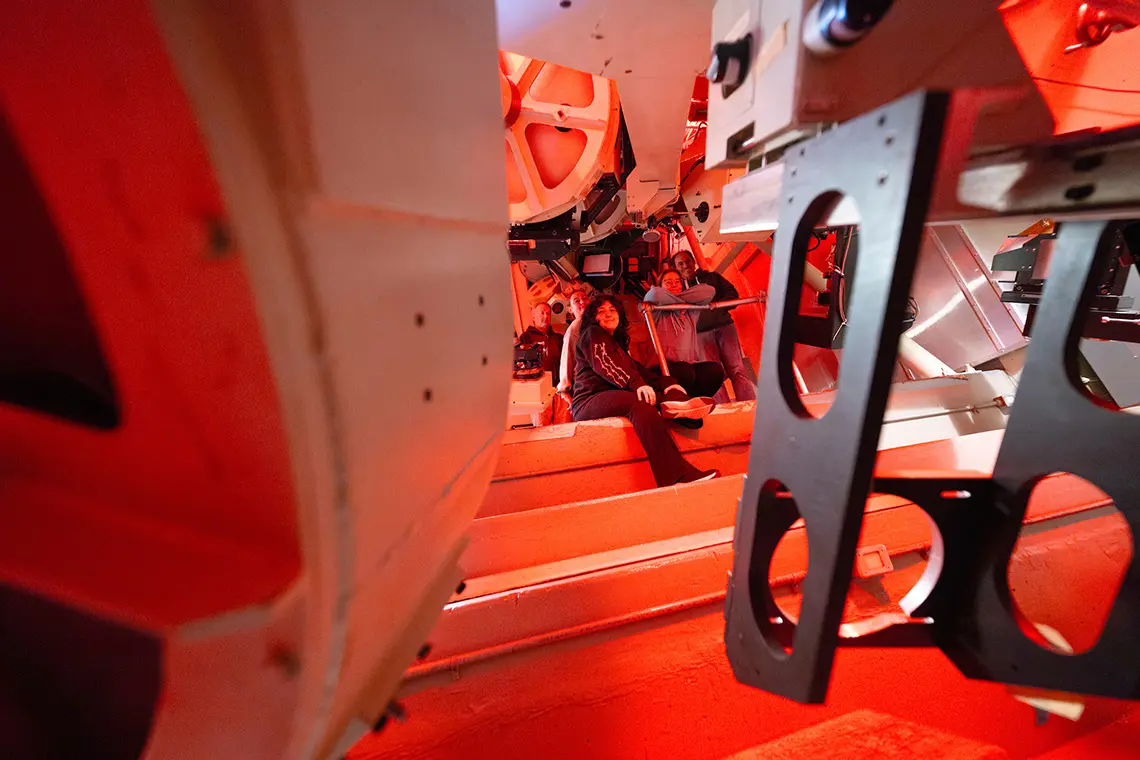
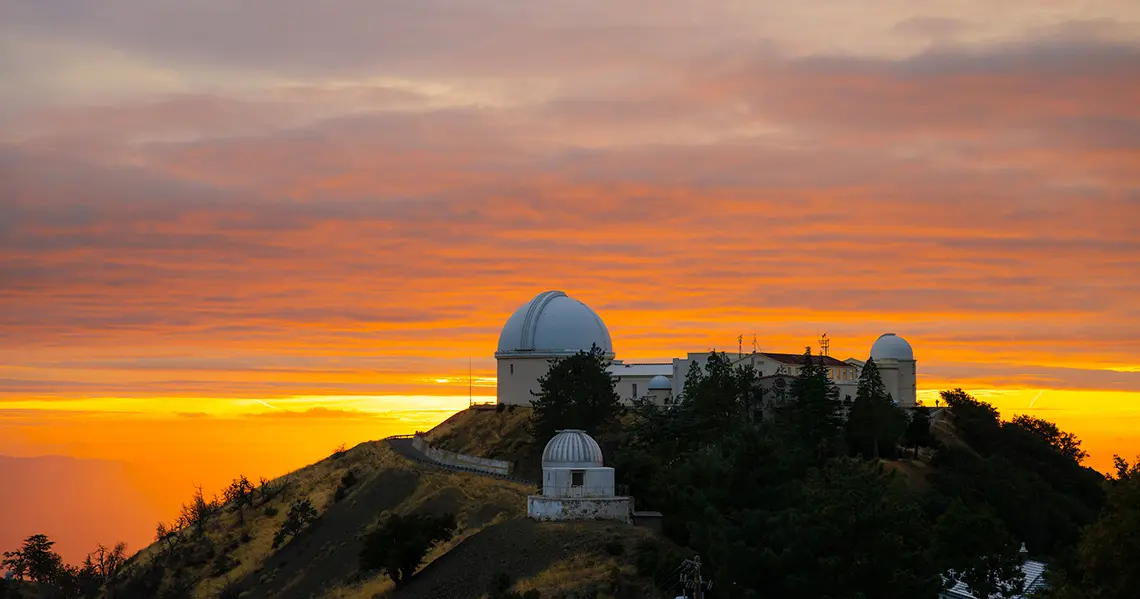
Burgasser's Cool Star Lab studies the lowest-mass stellar neighbors to the sun — relatively cool stars called "M dwarfs." These are the most common type of star in the Milky Way galaxy, but because they are cool and faint, even some of the nearest M dwarfs have barely been studied. Burgasser's team uses the Kast spectrograph on Lick's Shane telescope to measure the optical spectra of these understudied M dwarfs, many of which are known to host exoplanets. The data are used to determine the temperature and elemental composition of the M dwarfs' atmospheres, as well as the presence of magnetic activity, all of which are important traits needed to better understand their planets and whether those planets could be habitable.
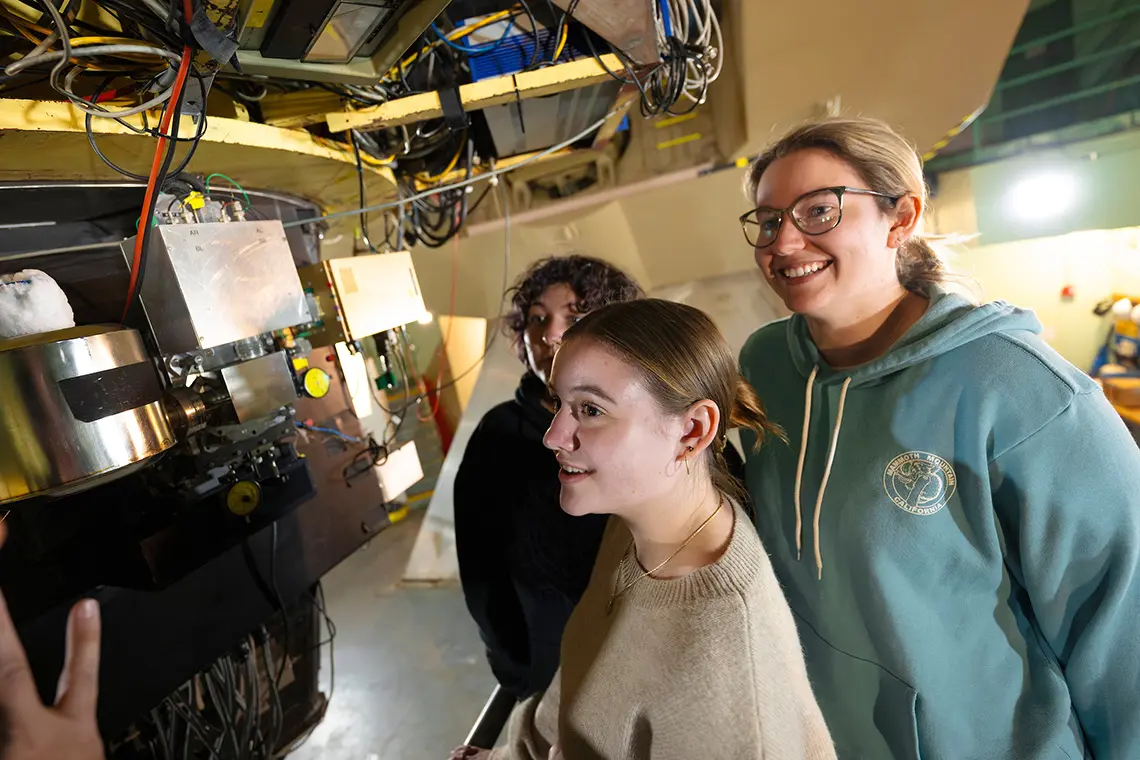
Marylin (center), Emma (right) and Madison (back left) get a close-up look at the Kast Double Spectrograph from the Shane telescope.
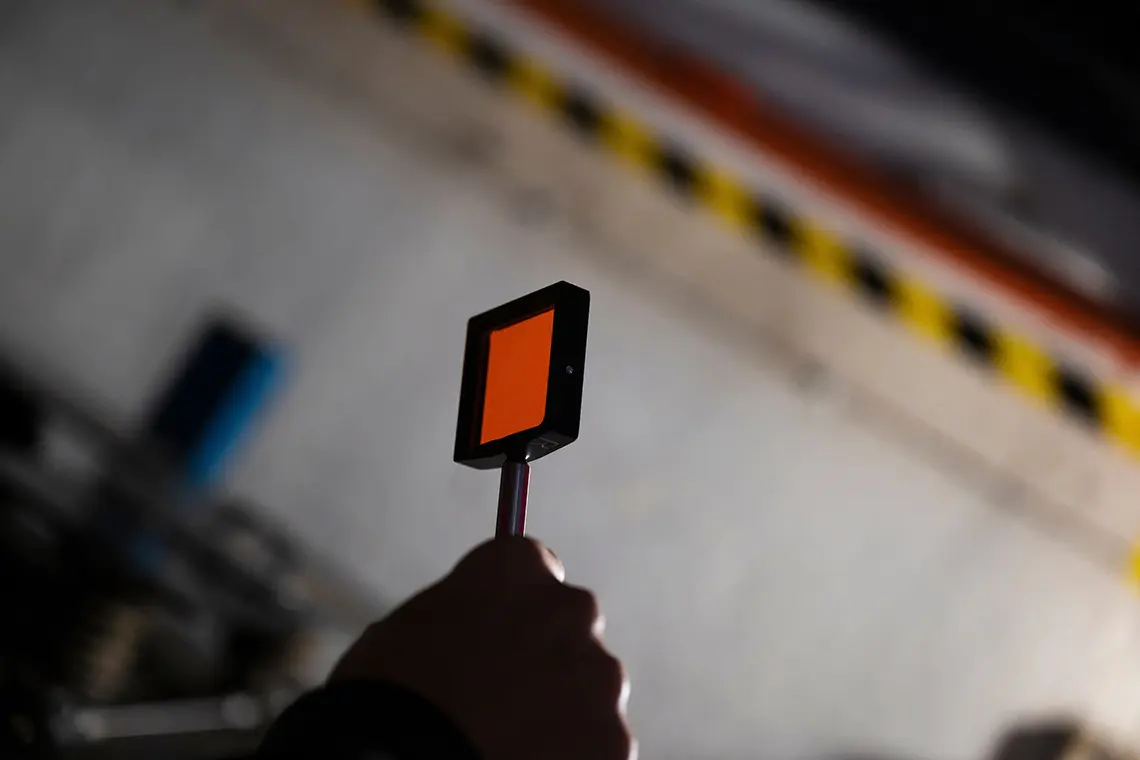
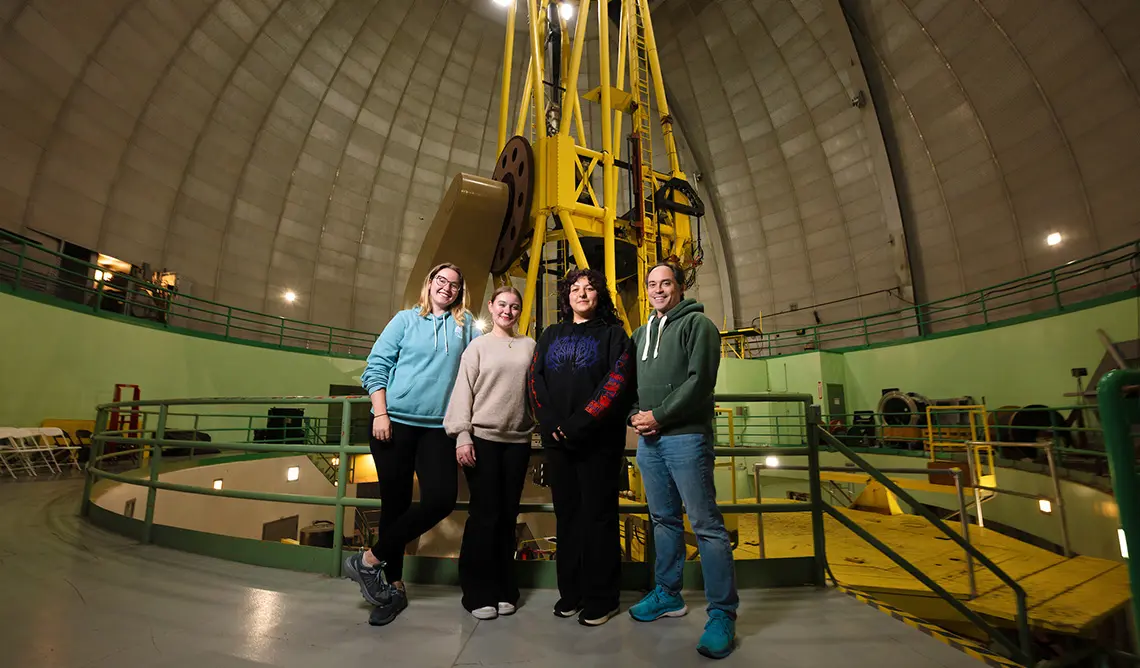
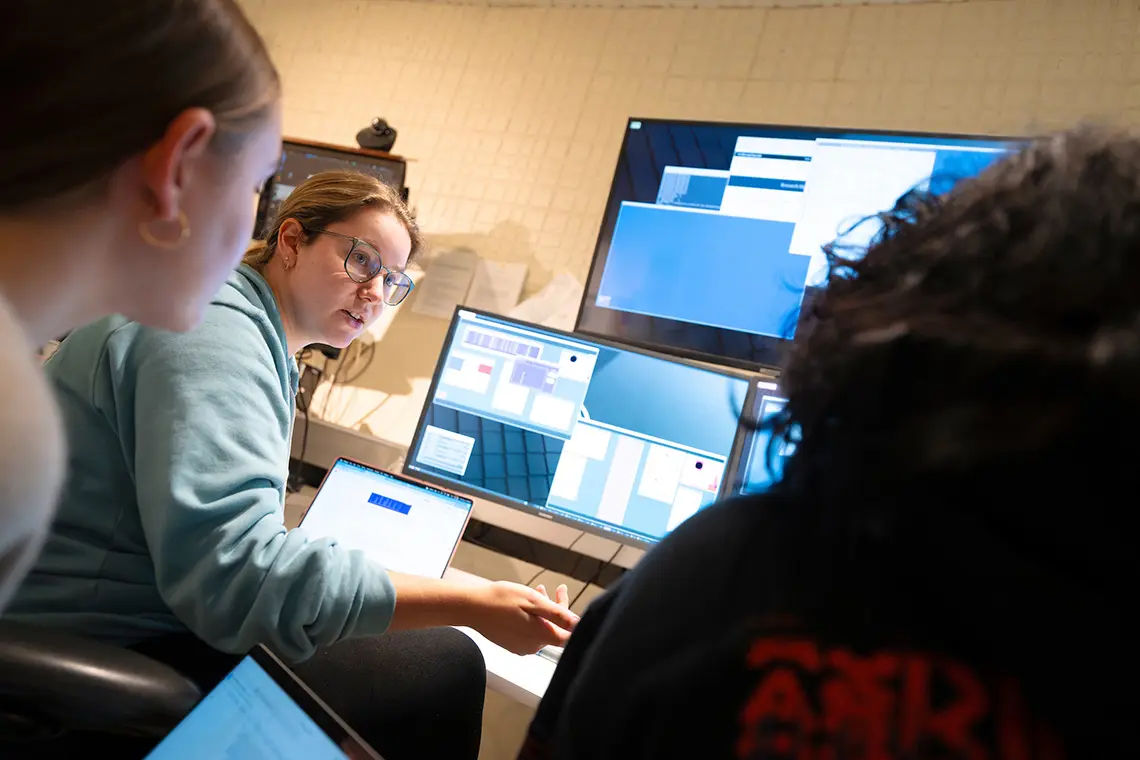

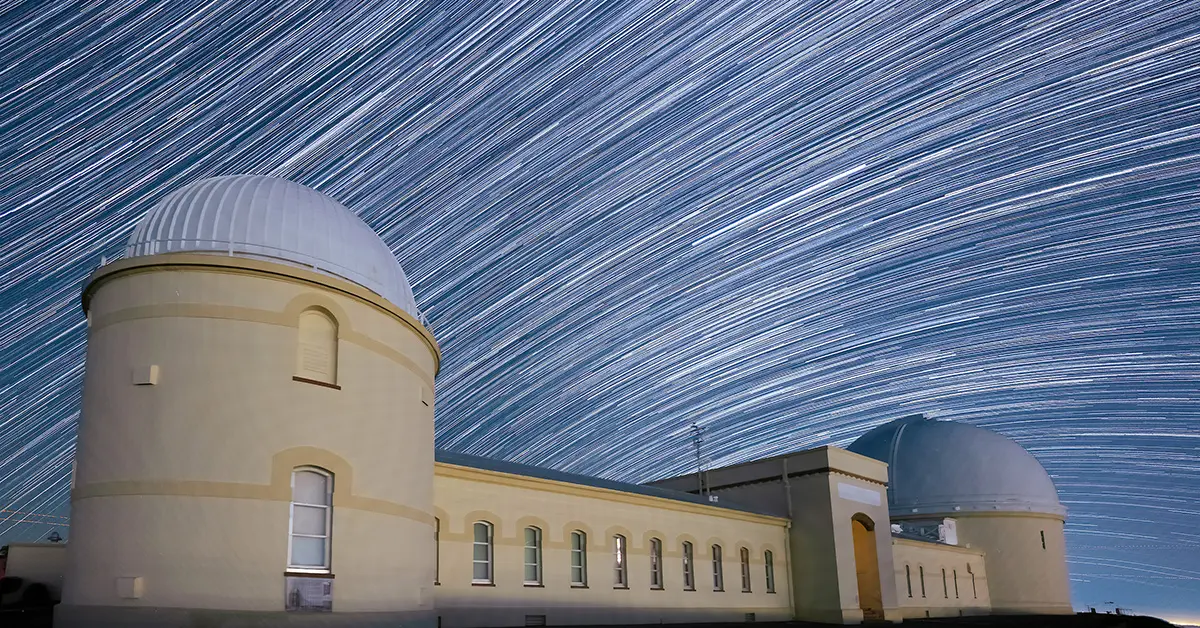
Share This:
You May Also Like
Stay in the Know
Keep up with all the latest from UC San Diego. Subscribe to the newsletter today.



